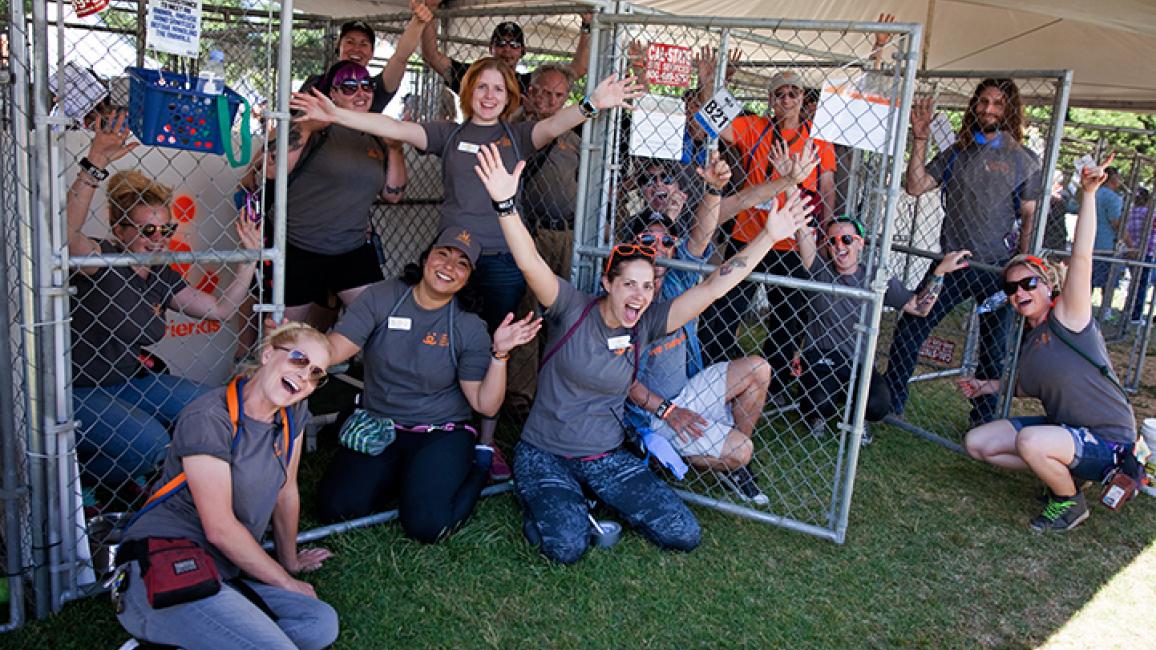Crazy talk in The New York Times

An opinion piece in Saturday’s New York Times seizes on the tragic death of a dog in an attempt to roll back the clock on effective and lifesaving no-kill policies.
In a piece titled “Are We Loving Shelter Dogs to Death,” writer Carol Mithers (apparently attempting to get her name out there prior to the release of an upcoming book) implicitly comes out in favor of killing shelter animals rather than placing them into new homes. She attempts to make the case that maybe the adoption of shelter pets into local communities isn’t all that great an idea after all. She also promotes the really lousy idea that poor families shouldn’t have the benefit of a loving pet in their homes.
Since opinions are just that — opinions — Mithers is unconstrained by facts. She dives into her subject by leveraging the emotional distress generated by the death in Los Angeles of an abandoned dog adopted at a low-cost adoption promotion two weeks earlier. To raise emotional outrage, rather than quoting the expert findings of the private-practice veterinarian who examined the dog or the subsequent forensic veterinarian’s necropsy report, she parrots the speculative observations of a vet tech who stated that the dog had been sexually abused and died of a ruptured aorta resulting from blunt-force trauma. Neither the private-practice vet nor the forensic vet found evidence of such abuse.
The vets have no personal skin in this game and no reason to cover up the supposed atrocity. Mithers, however, has an agenda and is aiming for a preconceived conclusion. If waving around the sad death of an individual animal will advance her story line, so be it.
But just so we don’t follow this opinion writer too far into unreality without taking our bearings, please remember that low-cost and fee-waived adoptions result in the safe and long-term placement of hundreds of thousands of shelter pets each year. In fact, the fourth annual Clear the Shelters adoption drive, sponsored by NBC- and Telemundo-owned television stations, culminated last Saturday with more than 1,200 shelters participating in dozens of communities across the country. The event resulted in more than 86,800 adoptions, with 24,000 on Saturday alone.
Back to our drama: Another fact ignored by Mithers is that an investigation by the Los Angeles Police Department’s respected Animal Cruelty Task Force located the original adopter and determined that the dog was acquired with no malicious intent. But armed with her fabricated plot line, Mithers then sets out to disqualify probably the most powerful pet adoption strategy since the advent of the internet. She claims that low- and no-cost adoptions open the door to abusers and those so wretchedly poor that they couldn’t possibly do right by their pets.
The reality is that multiple studies show no statistical difference in the emotional investment or the care given to pets by families who acquire their pets for free and those who pay normal adoption fees. Likewise, the assumption that low-cost adoptions (or T.J. Maxx for that matter) are designed for the poverty-stricken is ridiculous. Everybody loves a bargain, but if a low threshold of entry allows a low-income family to acquire a spayed or neutered, fully vaccinated pup or kitten with backup and support from a reputable organization, I’ll take that every day of the week!
What about high rates of return due to impulse adoptions driven by the opportunity to save a few dollars? Nope, that’s not the case.
There is a lot of data on this generated by individuals who have devoted their lives to the protection of shelter pets. The findings are that, on average, about 10 percent of adoptions don’t work out, regardless of the adoption fee, the stringency of the adoption application or the hoops that an adopter might be asked to jump through. So, the fact that Mithers spoke to “the head of a well-established rescue group,” who told her that a few days after a Clear the Shelters event she saw three dogs being returned because the adopters had changed their mind, says nothing at all about fee-waived adoptions.
It would be nice if it had worked out for those particular dogs, but they will have another chance at a new life via a subsequent adoption. Remember, too, that a waived adoption fee doesn’t mean that the standards for adoptions are waived. Every potential adopter fills out the same forms and consults with the same counselors to help ensure a happy future.
Best Friends hosts and sponsors multiple fee-waived adoption events through our own programs and those of our partner organizations at various times throughout the year. These events are cornerstone programs of the no-kill policy package, along with affordable and accessible spay/neuter services, targeted community cat programs and surrender prevention strategies.
We are making amazing strides toward achieving no-kill by 2025, and we won’t allow someone looking to sell books by stoking a non-existent controversy to get in our way.
Together, we will Save Them All.
